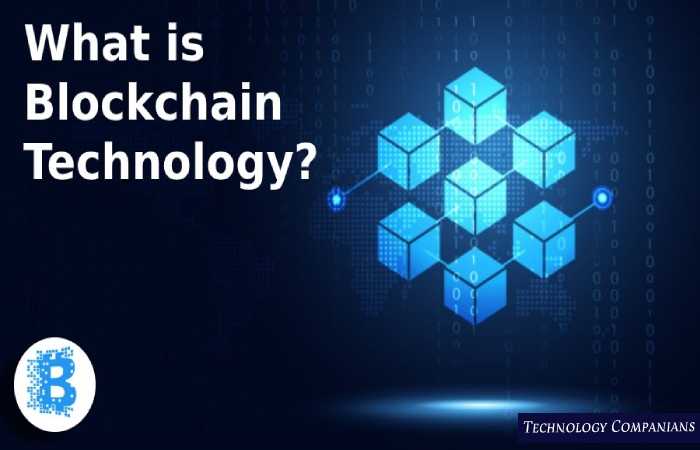What is Blockchain Technology?
Blockchain is a specific type of database. It differs from a traditional database in storing information; blockchains store data in blocks that are then concatenated.
When new data arrives, it is inserted into a new block. Once the block is complete with data, it is concatenated over the previous block, making the connected data in chronological order.
Decentralized blockchains are immutable, which resources that the information entered is irreversible. For Bitcoin, this means that transactions are forever recorded and visible to all.
Blockchain is a shared and immutable ledger for transaction logging, asset tracking, and trust-building. Find out why the companies of the world are embracing it.

Table of Contents
Definition of Blockchain:
Blockchain is a shared and immutable ledger that facilitates recording transactions and monitoring assets in a corporate network. An investment can be material (home, car, money, land) or immaterial (intellectual property, patents, copyright, brand image).
Virtually you can track and trade all the value on a blockchain network, reducing risks and costs for everyone involved.
Why Blockchain Matters?
Business is based on information. The quicker it is received and the more accurate, the better according to bitcoinevolution.co. Blockchain is ideal for providing this information because it provides immediate, shared and completely transparent information stored on an immutable ledger that only authorized network members can access. A blockchain network can track orders, accounts, payments, production, etc. And because all members share a single view of the truth, you can see every detail of a transaction from start to finish, giving you greater confidence and new efficiencies and opportunities.
Advantages of Blockchain
What needs to change: Operations often waste their efforts on double-keeping records and third-party validations. Record-keeping systems can be helpless to fraud and cyber-attacks. Limited transparency can slow down data confirmation. And with the influx of IoT, transaction volumes have blasted. All of this slows down business, depletes bottom lines – and means we need a better way. Enter the blockchain.
How Does the Blockchain Work?
As individual transaction occurs, it is present as a “block” of data.
These transactions show the movement of an asset that can be tangible (a product) or intangible (intellectual). The data block can record whatever information you want: who, what, when, where, how much, and even the status – like the temperature of a food shipment.
Individually block connects to those before and after. These blocks form a chain of data when an asset moves from place to place or ownership changes hands. Blocks approve the exact time and sequence of transactions, and blocks bind securely to prevent a union from alteration or a block insertion between 2 current blocks.
Transactions are congested together in an irreversible chain: A blockchain Individually extra block reinforces the verification of the previous block and, therefore, of the entire blockchain. It makes the blockchain tamper-proof, providing the critical strength of immutability. And also, it eliminates the possibility of tampering by a malicious actor and creates a log of transactions that you and others in the network can trust.
Authorized Blockchain Networks
Companies that set up a private blockchain will typically set up an authorized blockchain network. However, it is vital to note that you can allow the public blockchain networks also. This places restrictions on who is permissible to participate in the web and specific transactions. Participants must obtain an invitation or permission to join.
Consortium Blockchains
Several organizations can share the responsibilities of maintaining a blockchain. These pre-selected organizations determine who can submit transactions or access data. A consortium blockchain is ideal for businesses when all authorized participants share responsibility for the blockchain.
Blockchain Security
Risk management systems for blockchain networks
When building an enterprise blockchain application, it is essential to have a comprehensive security strategy that uses cybersecurity frameworks, insurance services, and best practices to reduce the risk of attacks and fraud.
Also Read: What is Cryptocurrency? Understanding, Types, Benefits, Drawbacks And More
